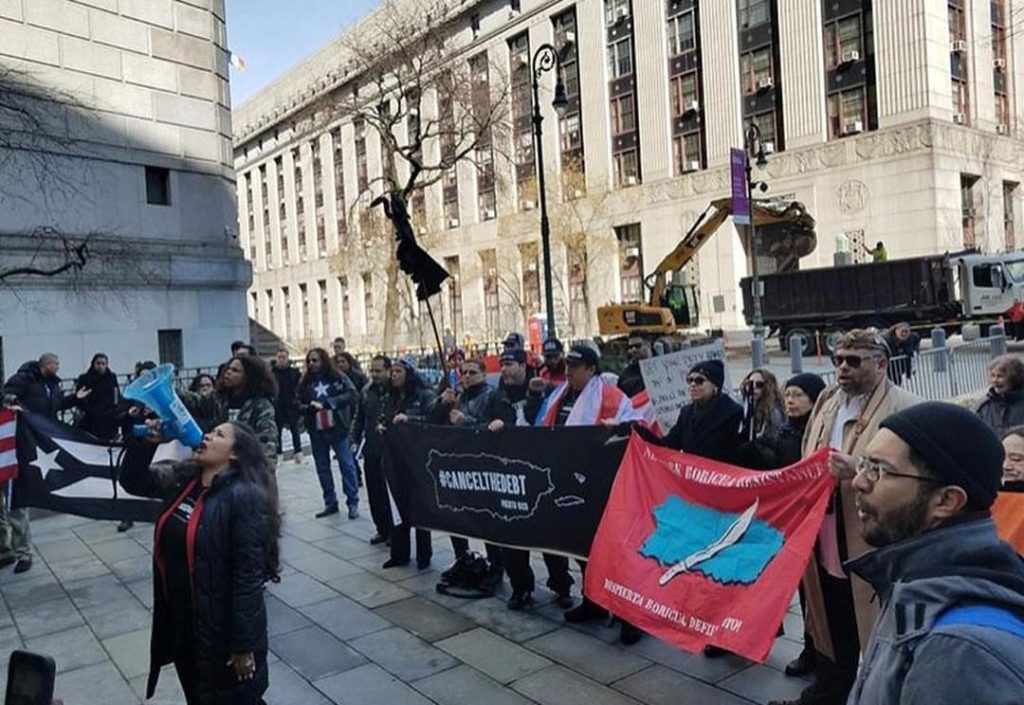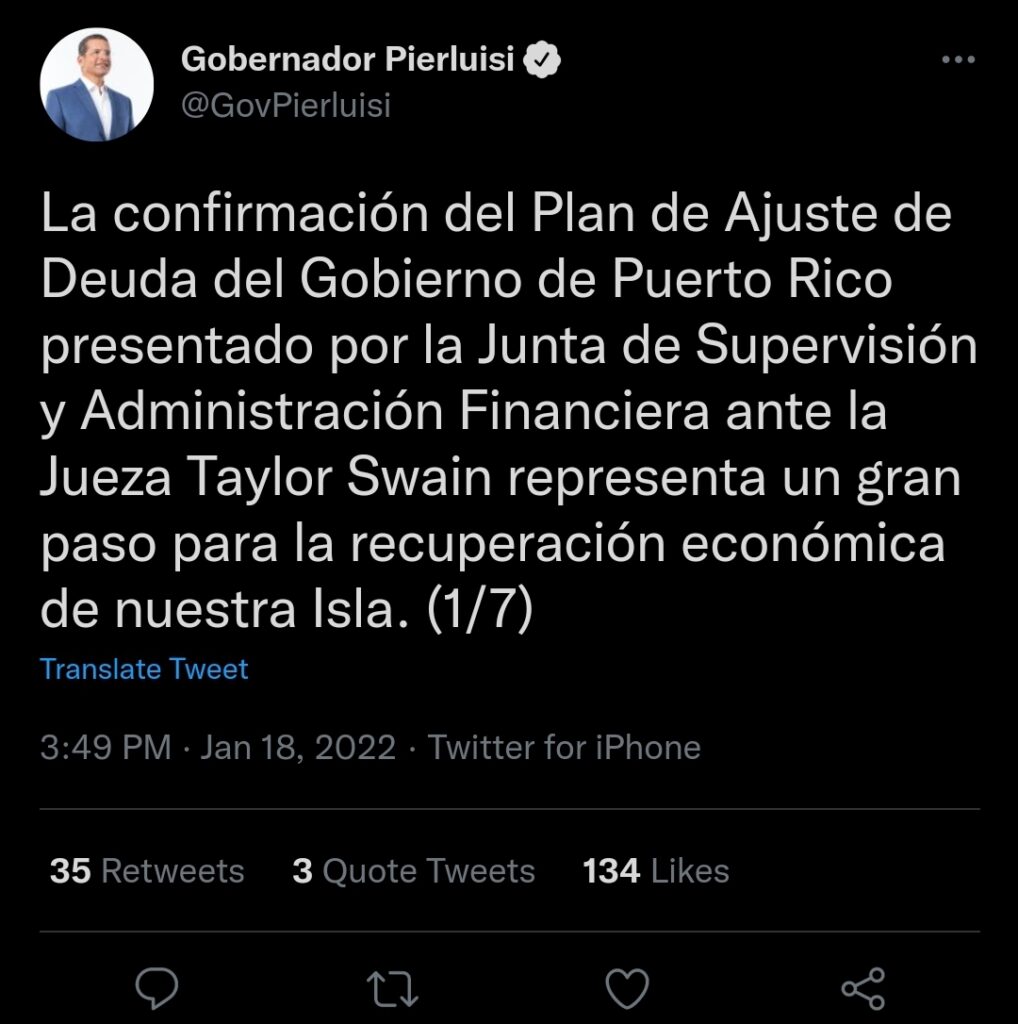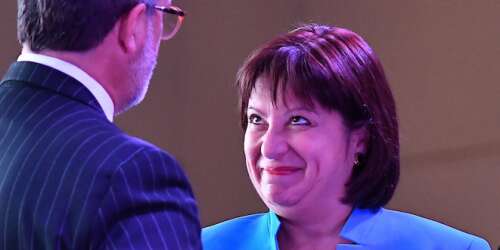US federal judge Laura Taylor Swain this week approved an adjustment plan to restructure Puerto Rico’s public debt, so that the island ends the bankruptcy process it declared in 2017. Judge Swain gave her approval to the project that had previously been accepted by the island’s authorities back in October of 2021. A plan that has also received criticism by various groups, such as Power4PuertoRico, Jubilee USA, and CancelTheDebt, alarming that this is a set up for failure.

Many Puerto Ricans have protest against the federal appointed fiscal control known as “La Junta” for nearly as long as it was established. Most noting that the board has place the interest of Wall Street and large financial institutions over those of the people and need to sustain essential services such as schools, public safety, healthcare and others. Including many workers who have strike to protect their pensions.
In contrast to critics, the governor of Puerto Rico, Pedro Pierluisi, assured that the judicial decision “represents a great step for the economic recovery” of the island. “We are facing a transcendental moment in which the Government of Puerto Rico is on its way to ending the bankruptcy process,” he wrote on Twitter.
“The confirmation of the Debt Adjustment Plan of the Government of Puerto Rico presented by the Financial Supervision and Administration Board before Judge Taylor Swain represents a great step for the economic recovery of our Island.” (1/7)— Governor Pierluisi (@GovPierluisi) wrote in Twitter – January 18, 2022.

The so-called Debt Adjustment Plan contemplates reducing the public debt from 70 billion to 34 billion dollars. “A narrative that they have been promoting that this is the best deal in the world that Puerto Rico could have done, but unfortunately it is the payment of a debt that was not audited, then the payment of a debt that had serious legal flaws, which could having gone to the last consequences to annul this debt and the fiscal control board resolved to negotiate and settle these claims and to be making a payment proposal with this plan that Puerto Rico’s economists estimate is impossible to comply with. The economic capacity of the country to meet 3,150 million dollars a year is questioned by experts on the Puerto Rican economy,” says Rolando Emmanuelli, a Puerto Rican lawyer and specialist in debt restructuring issues.
The decision will reduce the island’s debt by nearly 80% and save it more than $50 billion in debt service payments, the federal board that has overseen Puerto Rico’s accounts since 2016 said on Twitter.
Although the Fiscal Oversight Board, the non-elected entity that designed this restructuring, affirms that the population will not suffer cuts in public spending, economists and activists believe the opposite: “As for pensioners, it is true that the monthly check will not be affected. However, any possibility of an increase due to the cost of living is eliminated, for at least a period of ten years, pensions will be completely frozen. As for essential services, there will be a decrease, because to give an example, the budget of the central government of Puerto Rico is between 9.5 and 10.5 billion dollars a year. From 10.5 they have to subtract the amount of 3.15 billion dollars, so we are in the order of $7 billion, and what the economists suggest is that this money is insufficient and that will give rise to layoffs of public employees, reduction of benefits to try to comply with the adjustment plan”, says Emmanuelli.
Since 2005, Puerto Rico has lived under strict austerity policies, imposed by successive governments to try to reduce its high debt. In 2015, it declared a debt of $70 billion unpayable, which led the United States Congress to create a law called PROMESA, that allowed the island to file a bankruptcy petition in May 2017.
The same year, hurricanes Irma and Maria devastated the Caribbean island. After that, protests in 2019 caused the resignation of Governor Ricardo Roselló, and an earthquake destroyed nearly 8,000 homes in January 2020, to which was later added COVID-19, that contributed to aggravate the socioeconomic situation on the island.
Judge Laura Taylor Swain of the Federal District Court for the Southern District of New York, who presided over the Puerto Rico bankruptcy case, noted in her findings on Tuesday that some creditors objected to the restructuring plan. But she also wrote that the plan would “enable the commonwealth to provide future public services and remain a viable public entity.”
Still pending is the debt restructuring of some government agencies, including that of the Puerto Rico Highways and Transportation Authority and the Puerto Rico Electric Power Authority, which holds the largest debt of these agencies. This will be in addition to the nearly one third of Puerto Rico’s budget that will go to servicing this approved plan, which translates to additional monies that will be imposed on the people, most likely in the form of increases in the cost of services such as in their electric bills.

COMMENTS